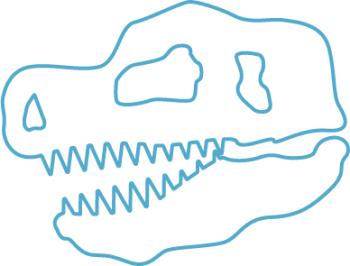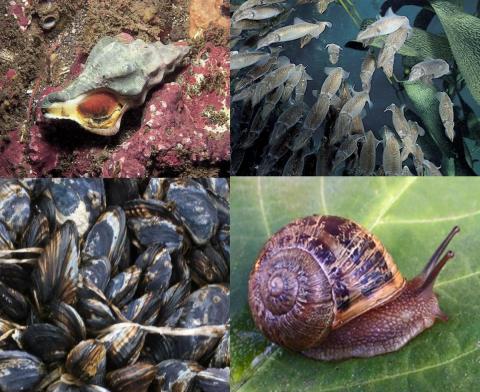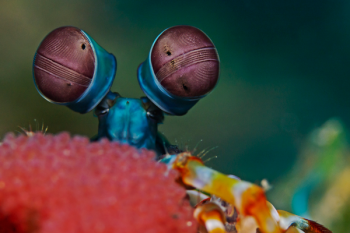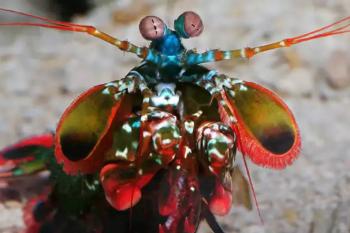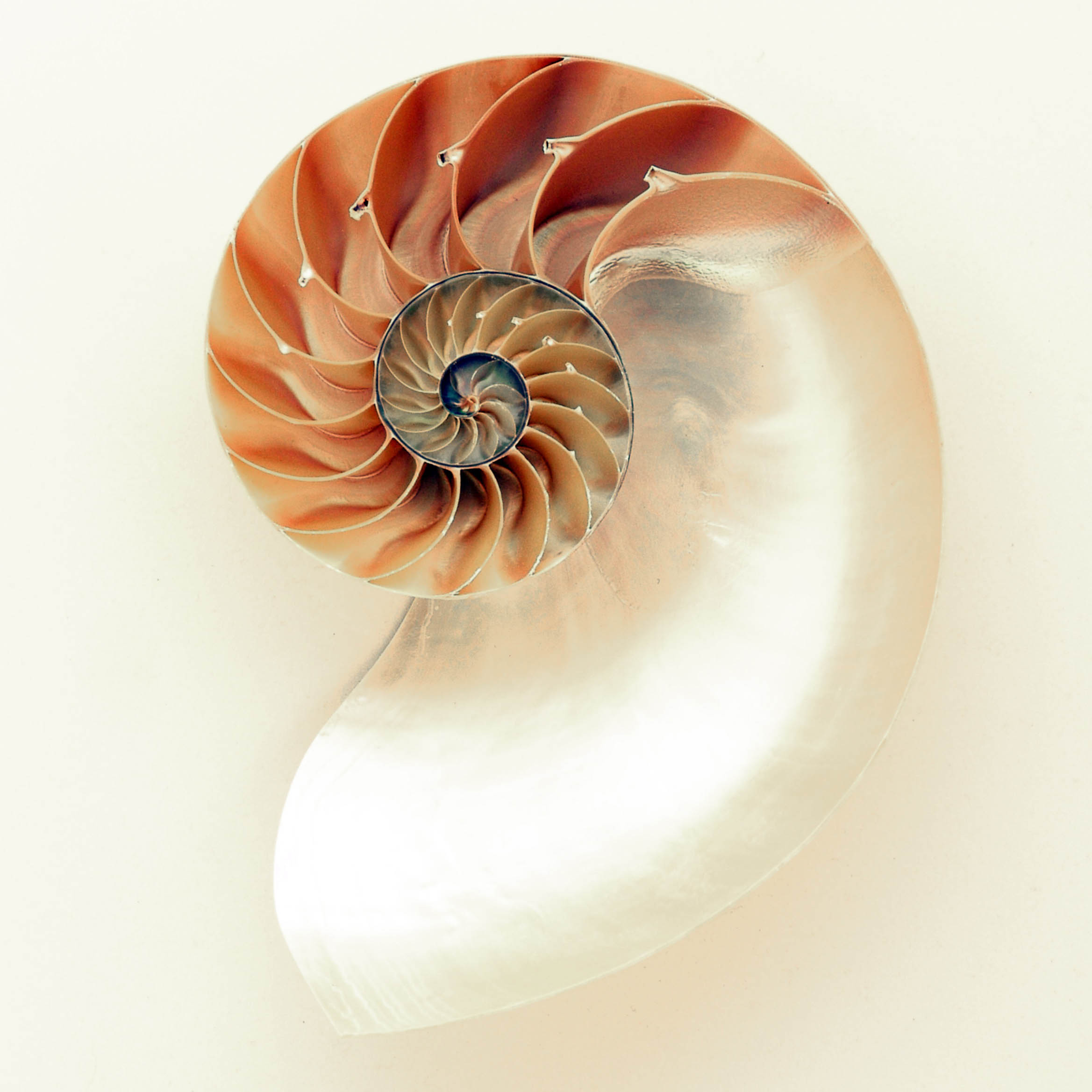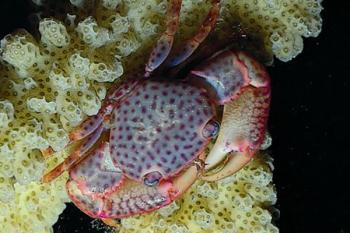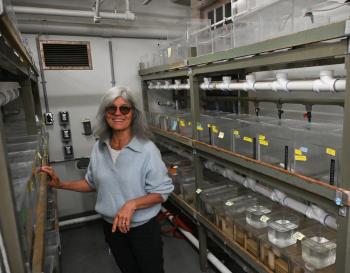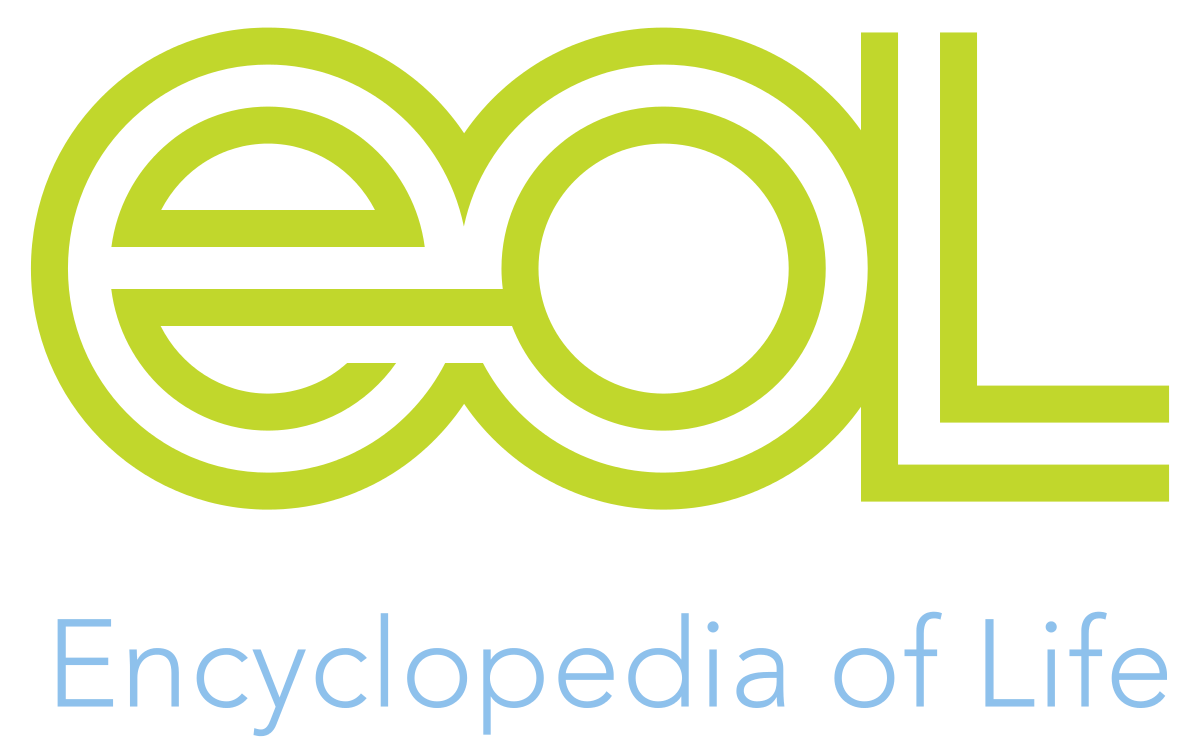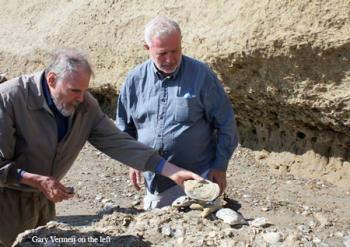Because of their hard shells molluscs are well represented in the fossil record. There are Precambrian (Ediacran) fossils that could well be primitive molluscs. And a Precambrian fossil Kimberella is thought to be a mollusc. Here is another article about Kimberella. And there were definitely gastropods, cephalopods and bivalves in the Cambrian.
At the beginning of cephalopod evolution they all had shells. Cephalopods like the Ammonites are very abundant in the fossil record. Here is a discussion of the fossil molluscs of England’s Jurassic Coast World Heritage Site. And more about Ammonites.




